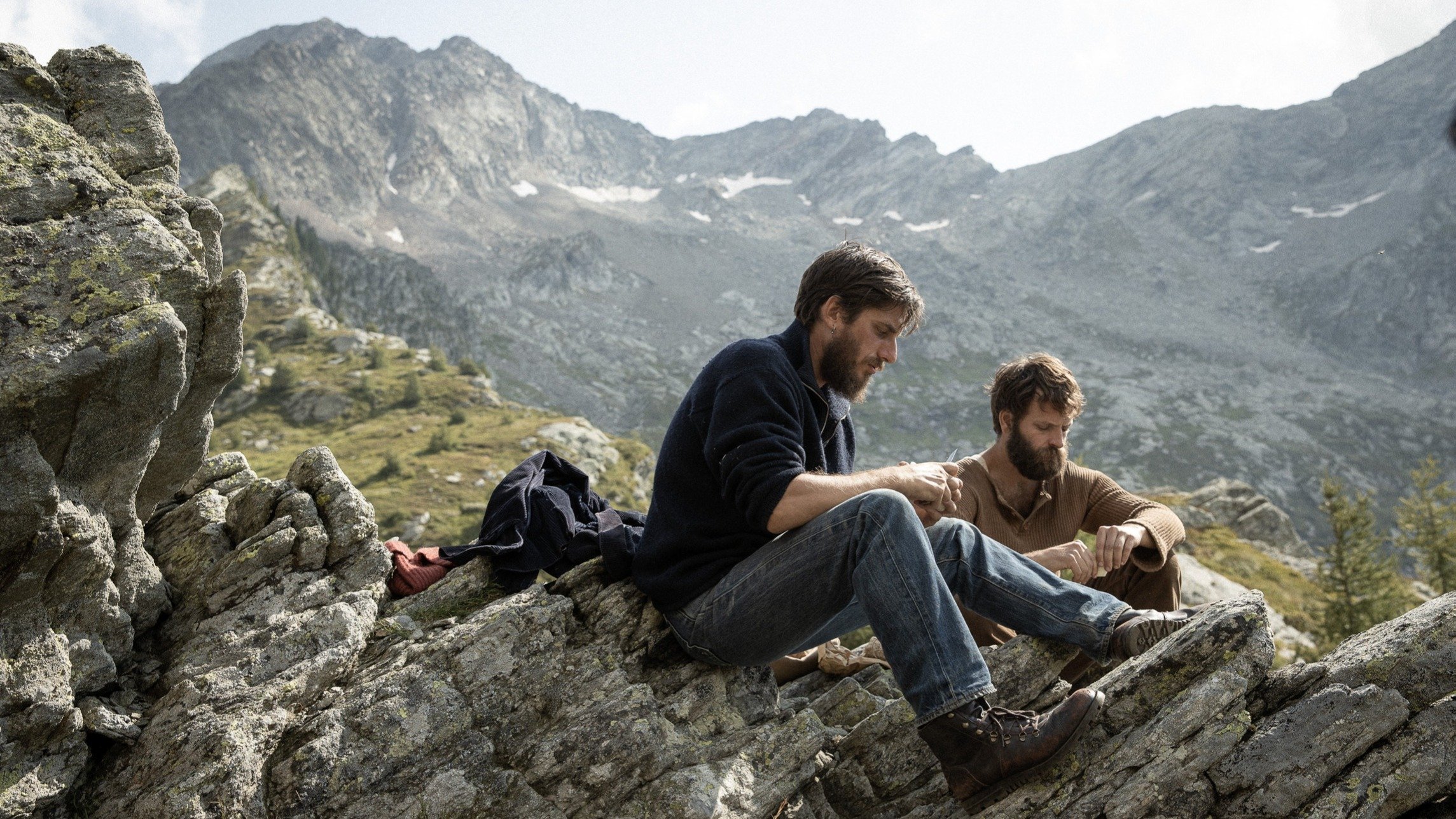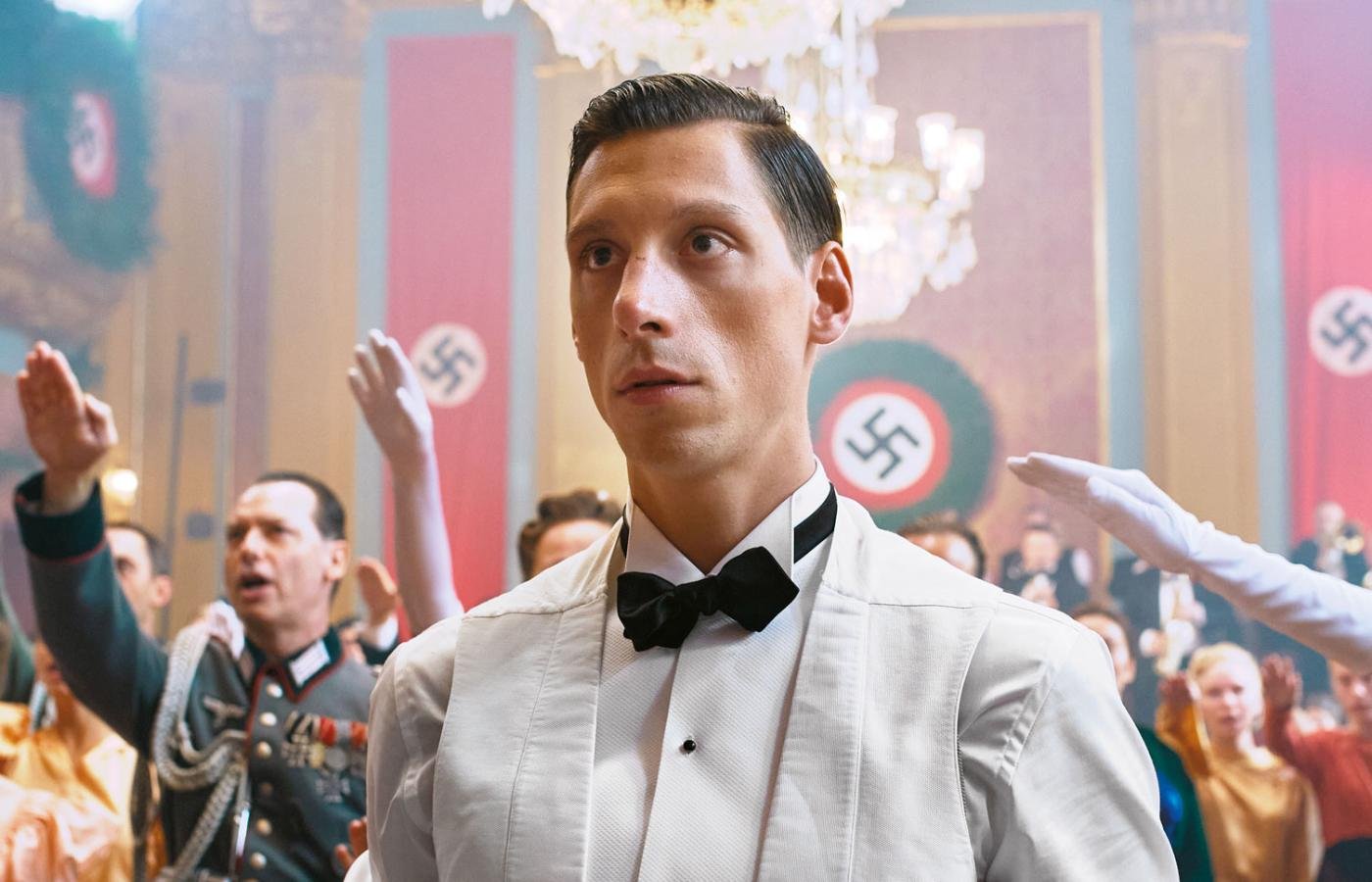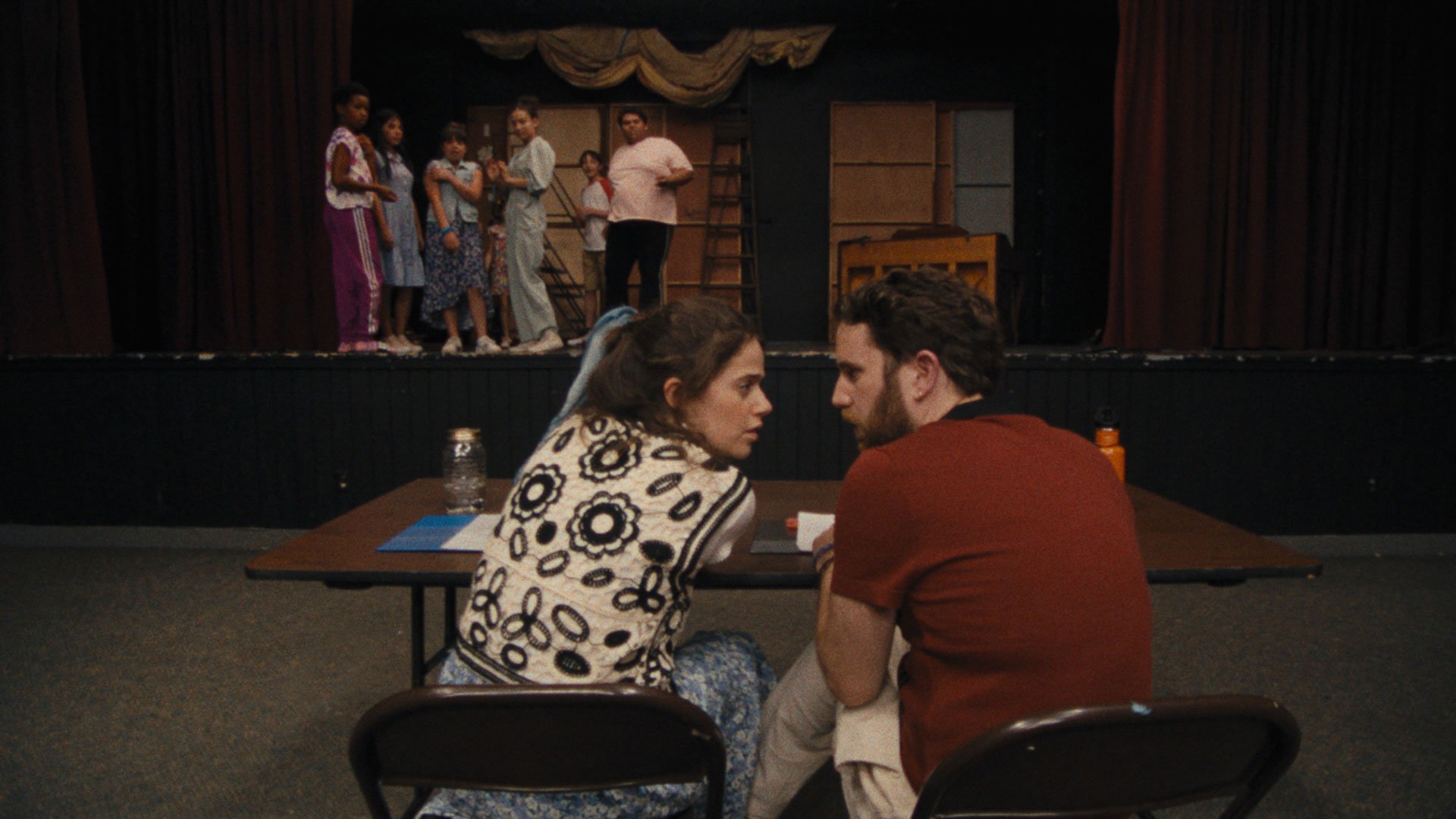THE FLASH
Directing: C
Acting: B-
Writing: C-
Cinematography: C+
Editing: C
Special Effects: D+
When it comes to The Flash, we have to start with Ezra Miller, less because of their relatively competent performance and more because the great life lesson we must all learn from them, apparently, is that nonbinary people can also be massive creeps. Gone are the days of arguing for “separating the art from the artist,” and rightly so: no film exists in a vacuum, nor has it ever. This is why I can no longer stomach watching any film featuring Mel Gibson or Kevin Spacey or Woody Allen. The defenses and justifications just don’t work anymore.
Where does it end, you might ask, when Hollywood is packed with creeps? Do we just avoid all movies altogether? Setting aside the fact that there are degrees of severity (as well as redemption), and the fact that such a question is arguably disingenuous, ideally it ends with people like this no longer being given chance after chance while their behavior remains unchanged.
Your next logical question might be why the hell I went to see this movie, especially if I tell you I already went in with my expectations in the basement, and the answer is simple: I couldn’t help myself. That’s a lame answer, sure. Sometimes people are lame.
I never would have bothered with this movie were it not for the knowledge that Michael Keaton was returning to reprise his role as Batman, for the first time in thirty-one years. Like many people, I feel that Keaton has always been the best of all live-action Batmen, and my all-time favorite movie since my teens has been Batman Returns (1992), which I have seen more times than any other film. By extension, I have a similar, if less passionate, fondness for its predecessor, Batman (1989), which was helmed by the same director (Tim Burton). It is from that earlier Batman that The Flash takes all of its visual references, which is a delight if you’re An Old like me, and maybe pointless for anyone half my age or younger, brought up on endless iterations of the same superhero dreck that, unfortunately, this film also is.
If you were to split The Flash into three acts, both the first and the third are mind-numbingly busy with CGI chaos. (Not to mention witless: in the opening sequence we see a bunch of babies slide out the window of a collapsing building, just so we can hear it called a “baby shower.” Don’t worry about the babies, though: not only do they—spoiler alert—get saved, but they aren’t real!) I have to admit, however, that I found a whole lot of the second act genuinely delightful, as it successfully traded on nostalgia for a time when high-profile, blockbuster superhero movies were still a novelty, only came out every few years, and were elevated by deeply creative, practical production design. Oh, right: and they also had good scripts.
The second act is when we meet Bruce Wayne as played by Michael Keaton, now 71 years old (Jesus, this means he was younger than I am now in Batman Returns), an alternate-timeline version of The Flash’s mentor after Barry discovers his powers allows him to travel through time and attempt to save his dead mother. For a good twenty minutes or so, I was charmed by all the visual callbacks: from Keaton’s very face, to the dusty bat cave, to the Batmobile with the exact same design as in the 1989 film. Even when Barry and his younger, alternate-timeline self (we’ll get back to that) first walk into Wayne Manor, they find themselves in the exact room from the 1989 film when Robert Wuhl as Alexander Knox says to Kim Basinger as Vicki Vale, “Check this out. He must have been King of the Wicker People.”
Later, we even get a jolt of recognition when Batman trots out the Batwing aircraft, which ultimately plays heavily in the story, which quickly becomes a huge mess. The Flash is trying to cheat its way into the long-overused “alternate universes” plot device, which has been used extremely well in Everything Everywhere All at Once and the animated “Spider-verse” films, but hardly any of the far-too-many others. This one might as well be called The Flash and the Multiverse of Numbness. (Granted, the same could have been said for that Dr. Strange sequel.)
Both the opening sequence and the needlessly endless climactic sequence in The Flash are typical examples of what I have complaining about average superhero movies now for years: incoherent action extravaganzas laden with CGI that looks either unfinished or cheap. I am also not a huge fan of packing too many different superheroes into one movie, and this one definitely has too many. If the middle act could have been the whole movie, I’d have liked it a lot more. But, instead of getting the Michael Keaton Batman treatment he deserves, we get him grafted onto a movie with not one, but two Barry Allens. What the hell happened to all these arguments that meeting yourself in an alternate timeline could be cataclysmic? Well, I guess that’s just . . . part of an alternate timeline. How convenient! Here, The Flash and The Flash practically become frat bros. If it were me, and especially if I looked like Ezra Miller, I’d be too distracted from saving the world by all the time spent fucking myself, but I suppose that’s another conversation.
I haven’t even gotten to the cameo by Gal Gadot as Wonder Woman, or Michael Shannon truly phoning it in as General Zod, or Sasha Calle as Supergirl in a part that is completely devoid of any real meaning or gravitas, and ultimately just leaves her rendered in CGI flying around punching people like a cartoon. That’s what these movies are, increasingly literally: dumb animated features. They’re cartoons.
Even the Michael Keaton of it all, that being the best part of this movie by a mile, has diminishing returns. It’s like takin a hit of drugs when we hear Michael Keaton utter the famous words, “I’m Batman.” Did we also need a pointed close-up of him saying, “You wanna get nuts? Let’s get nuts”? No, we did not. In the end, The Flash attempts to tug at our heartstrings with visual references most of the young audience won’t even get, such as a brief CGI rendering of Nicolas Cage as Superman in the movie that never got made—I almost said “famously,” but this happened back in the nineties. Who is going to remember a movie from the nineties that never even happened, let alone give a shit?
The bottom line is, The Flash is a shit sandwich with a moderately tasty center, except what’s the point of a tasty center in a shit sandwich? I suppose we could call the two Ezra Millers in it the buns. There are some nice shots of their butt in that suit, for what it’s worth. And for the record I am separating the art from the buttocks.
Ezra Miller, Ezra Miller, and Saha Calle give us multiple dimensions of mediocrity.
Overall: C










